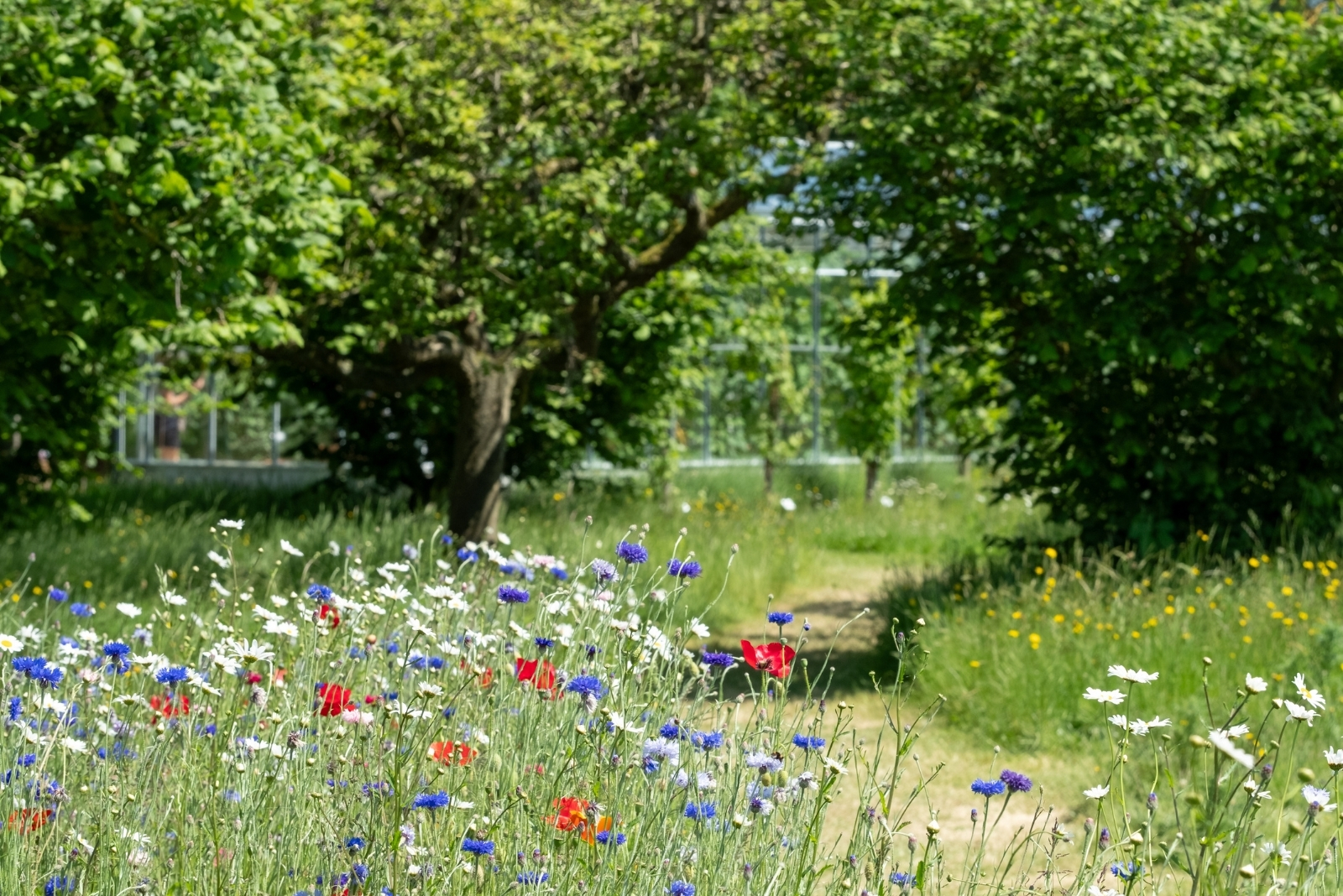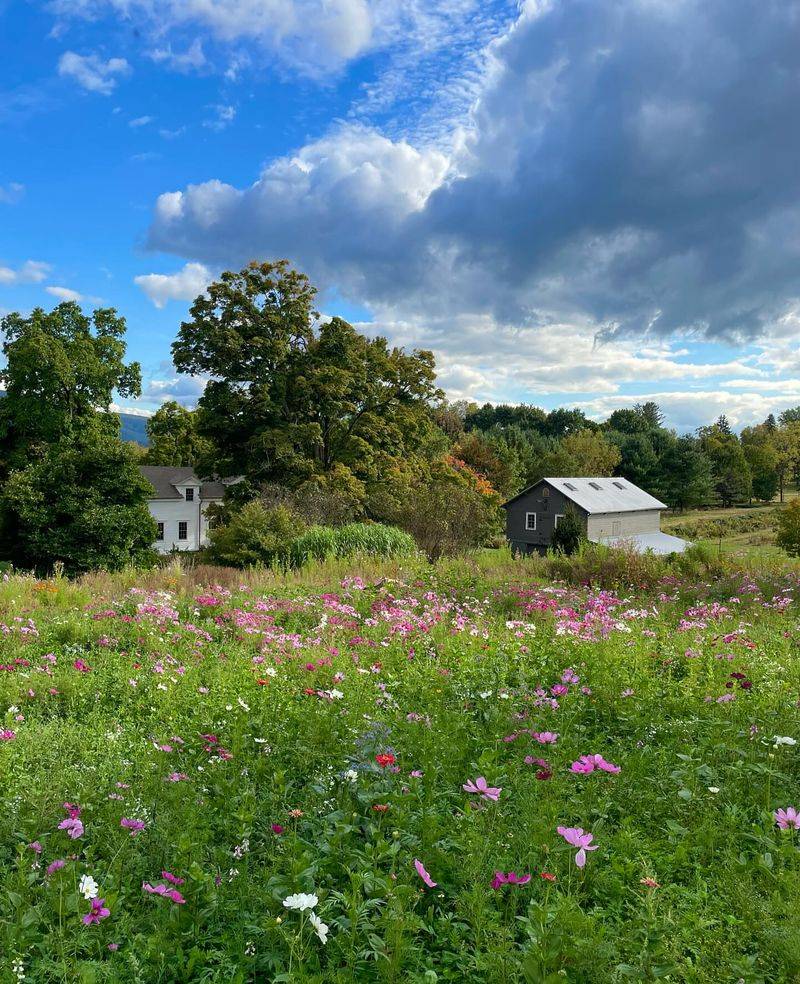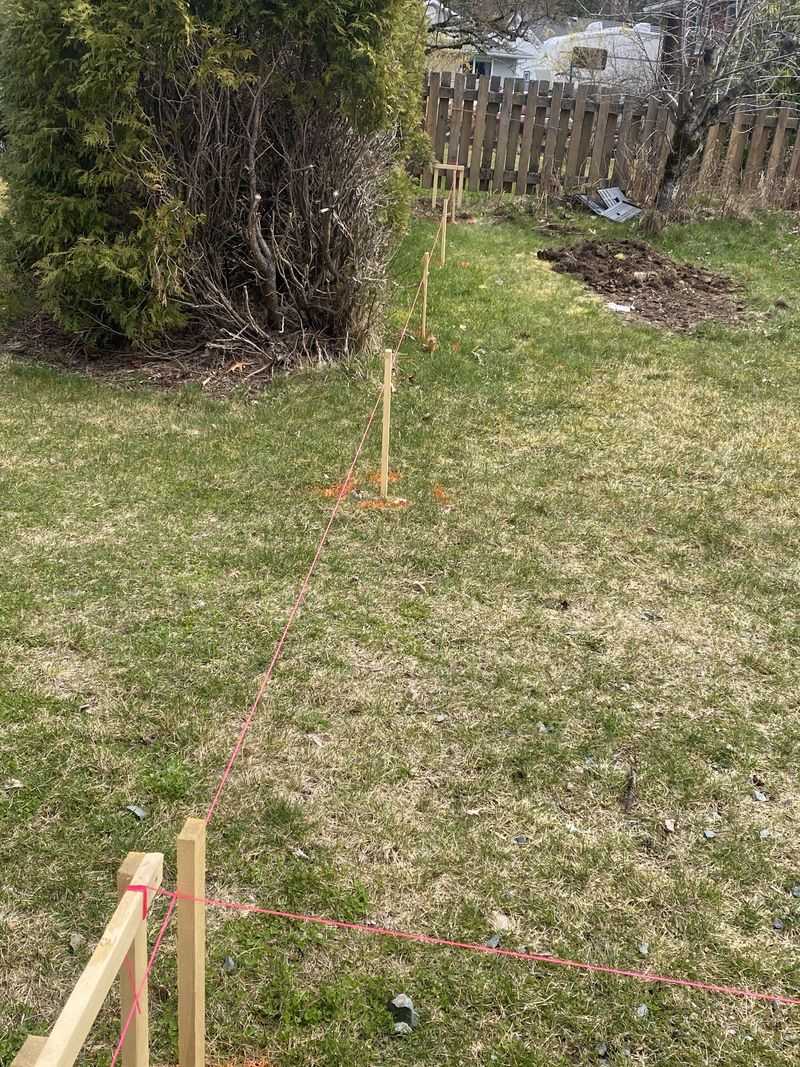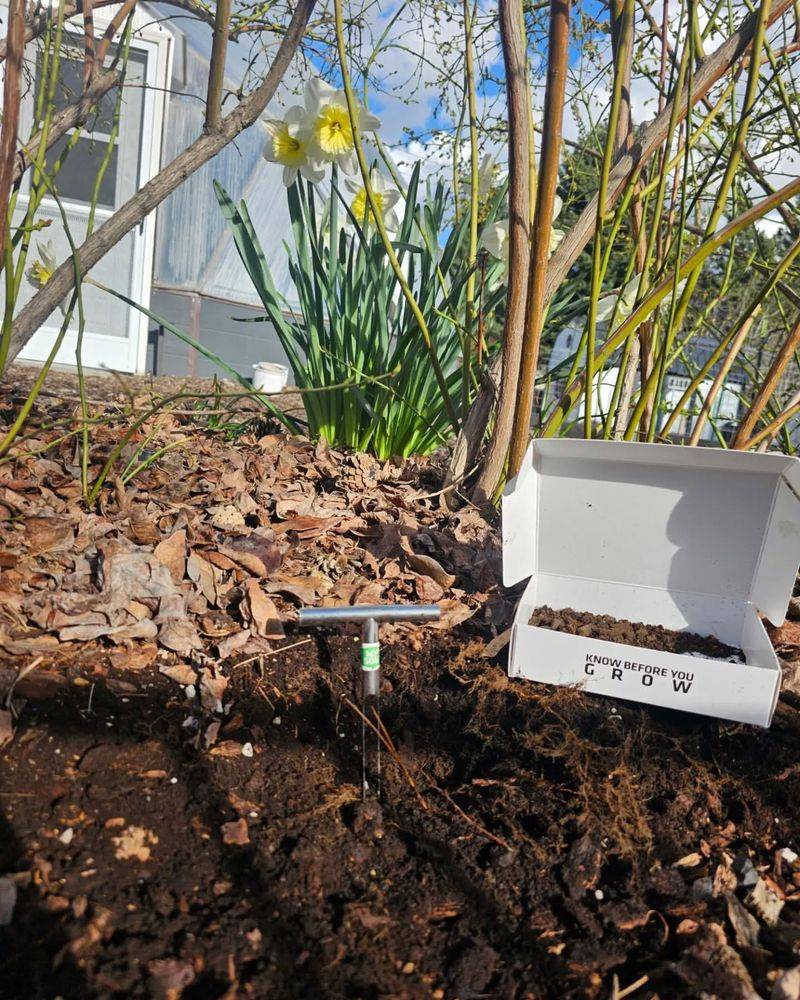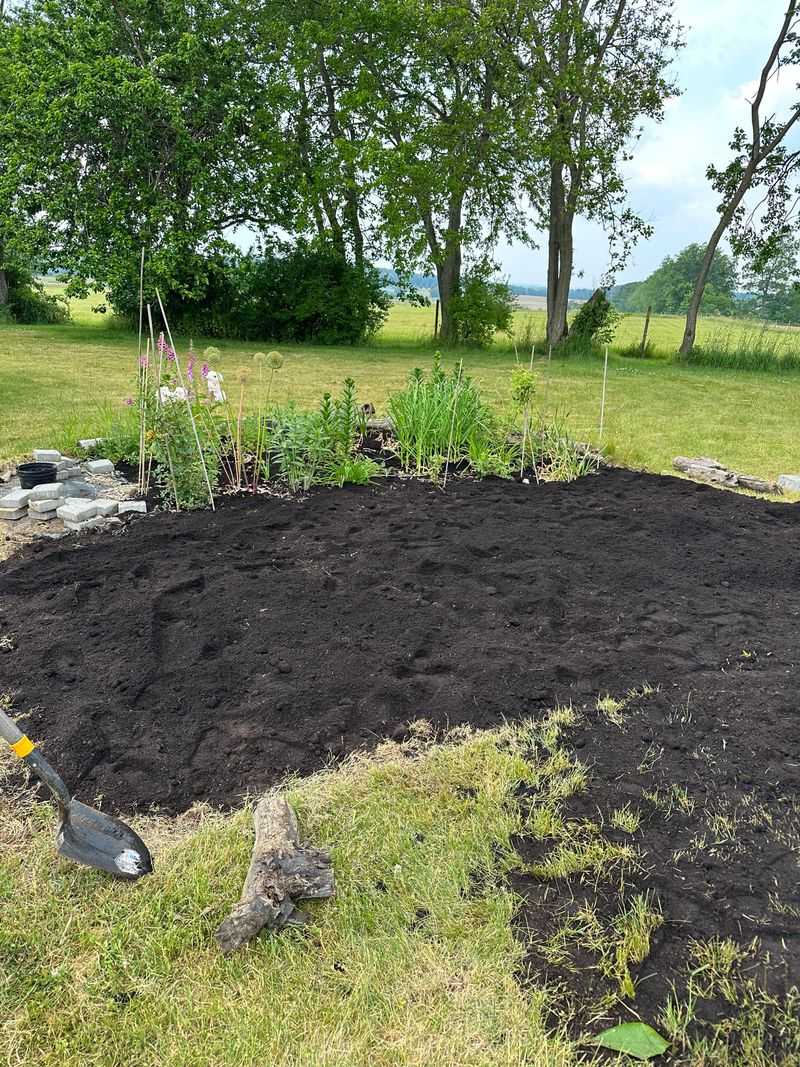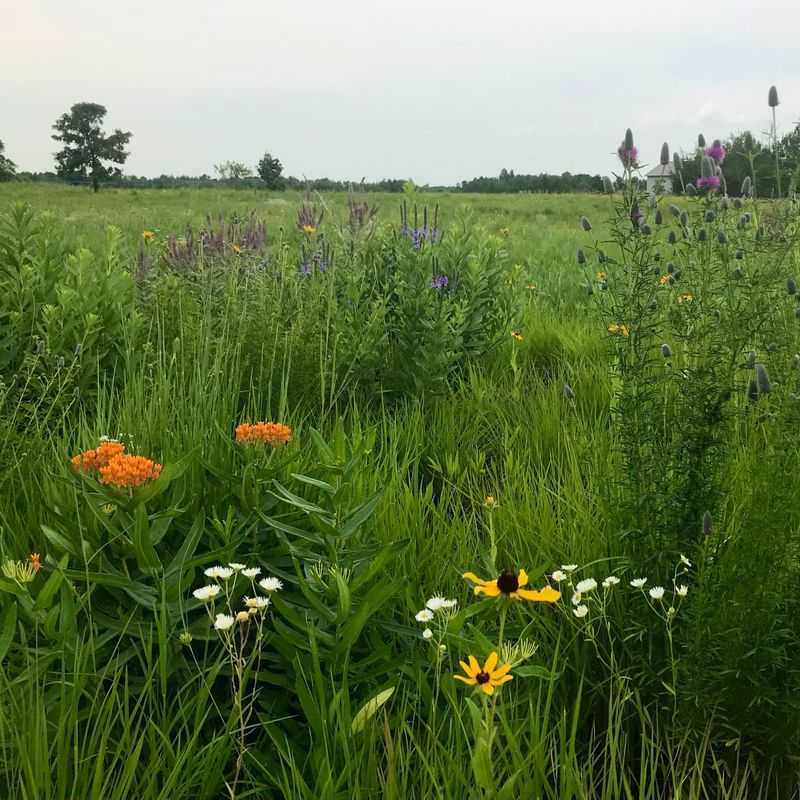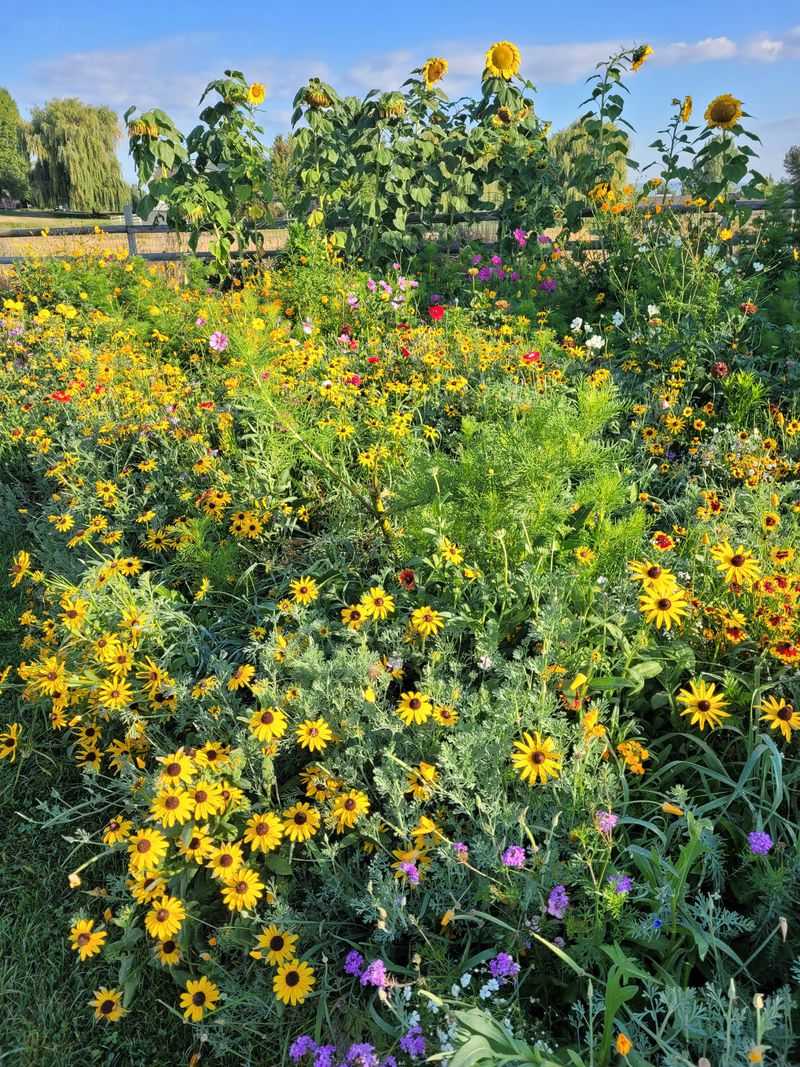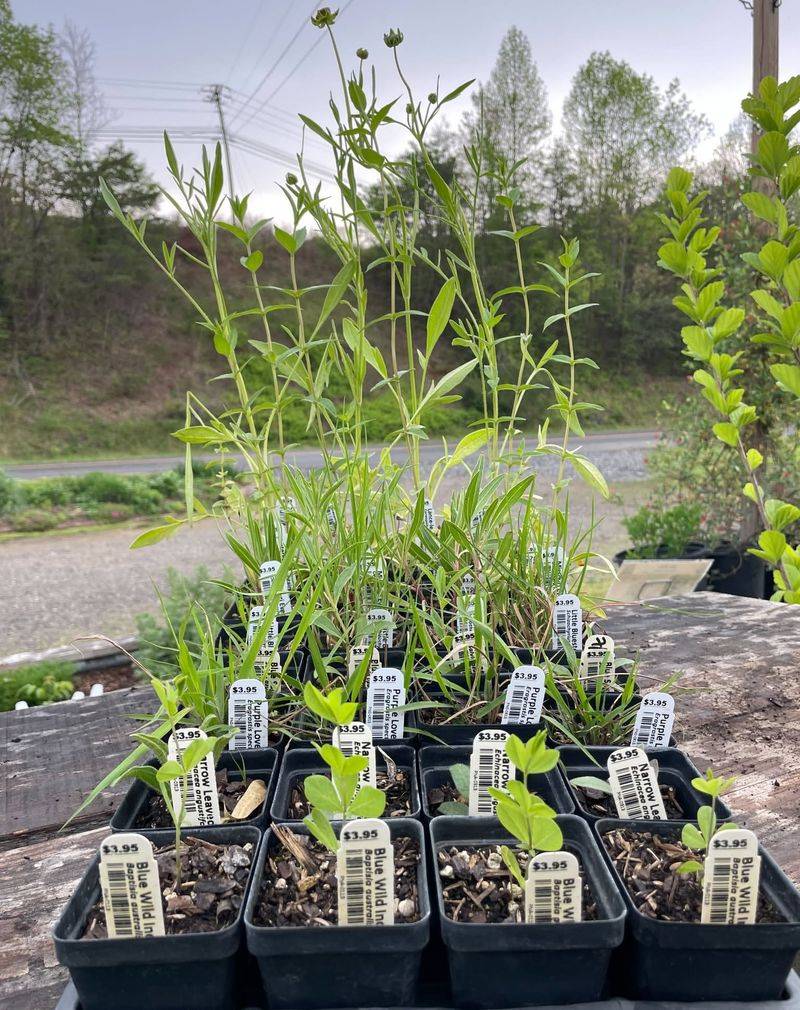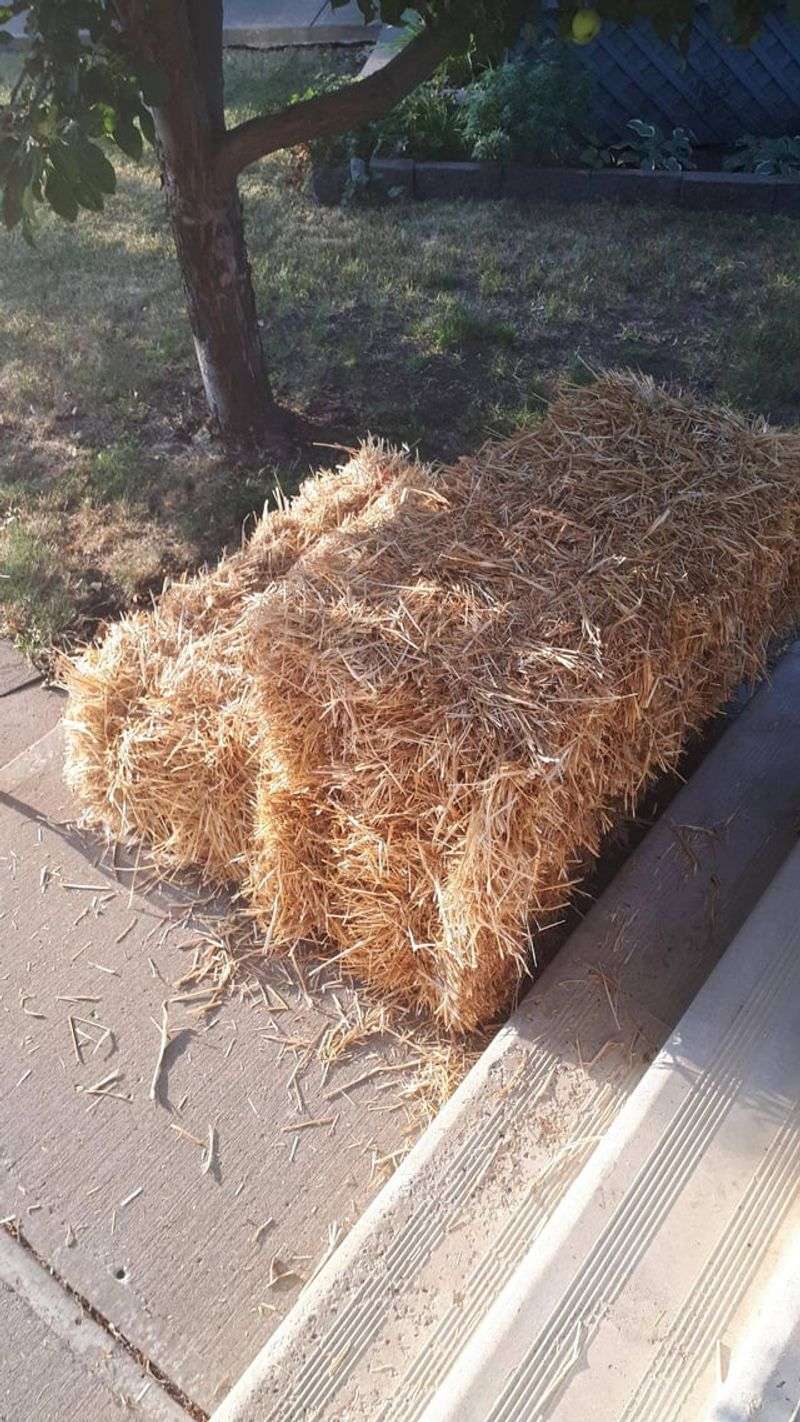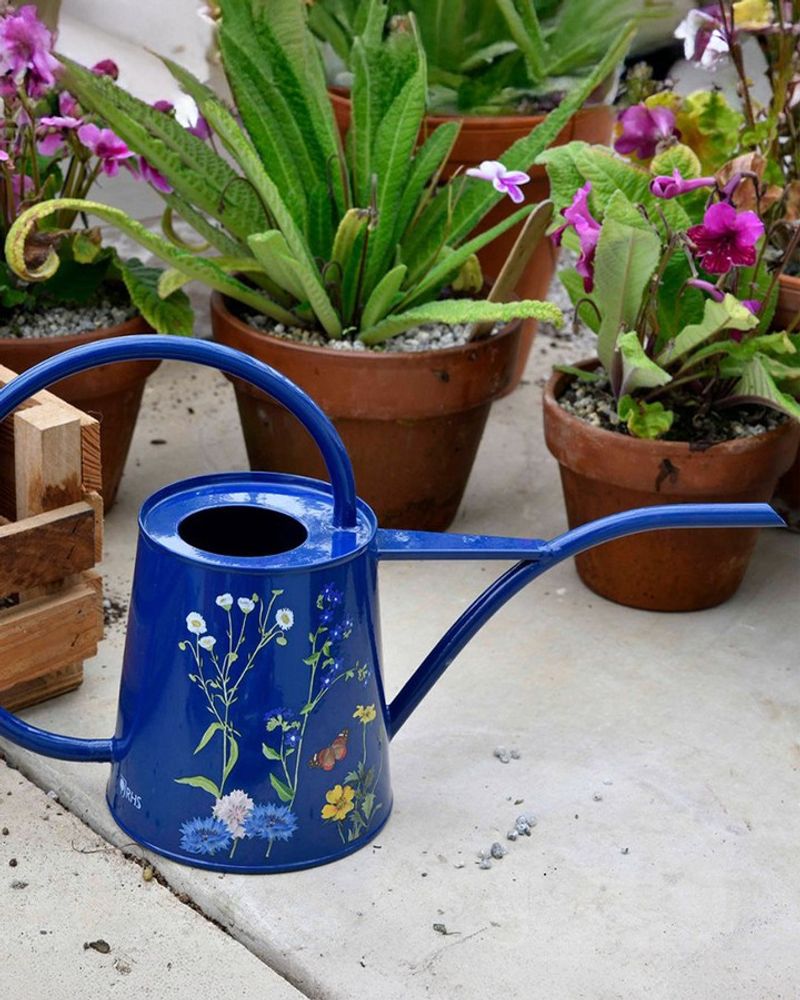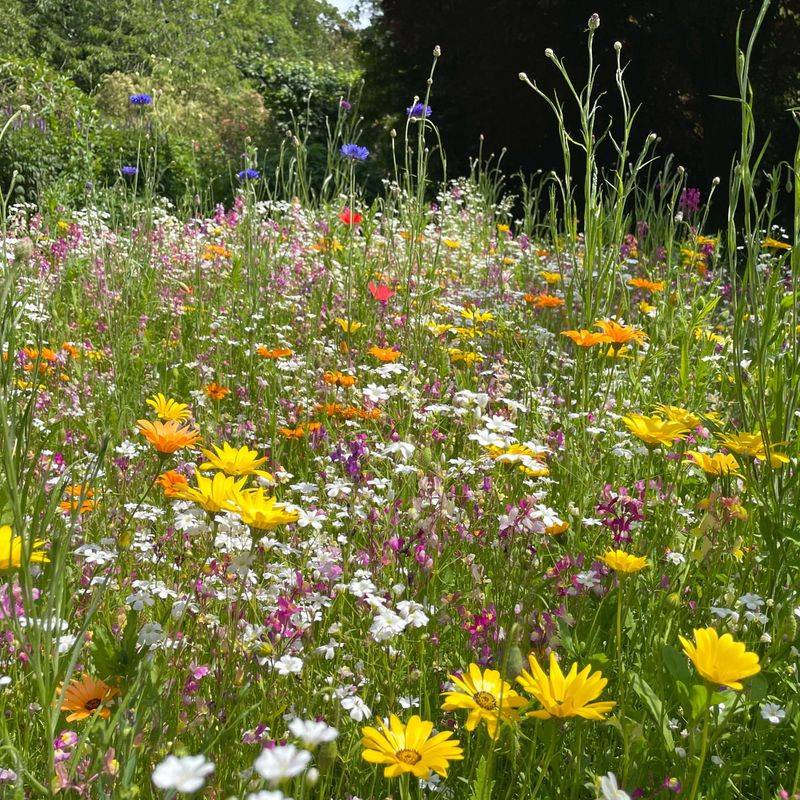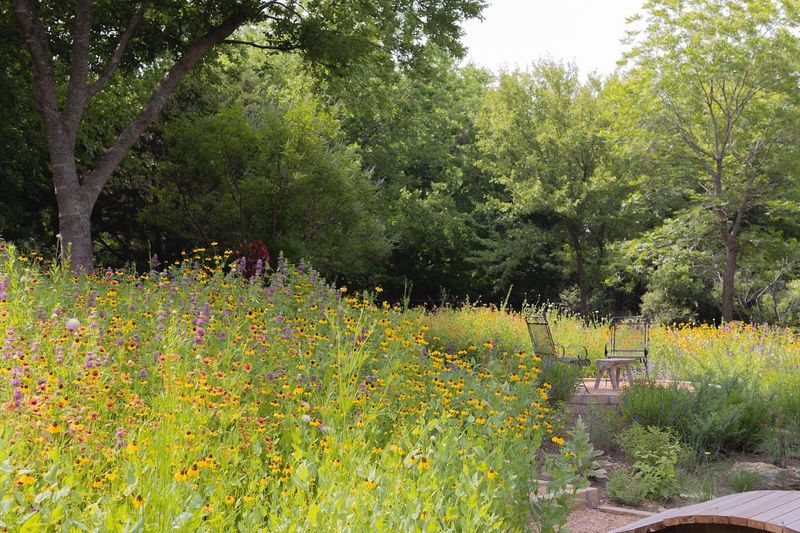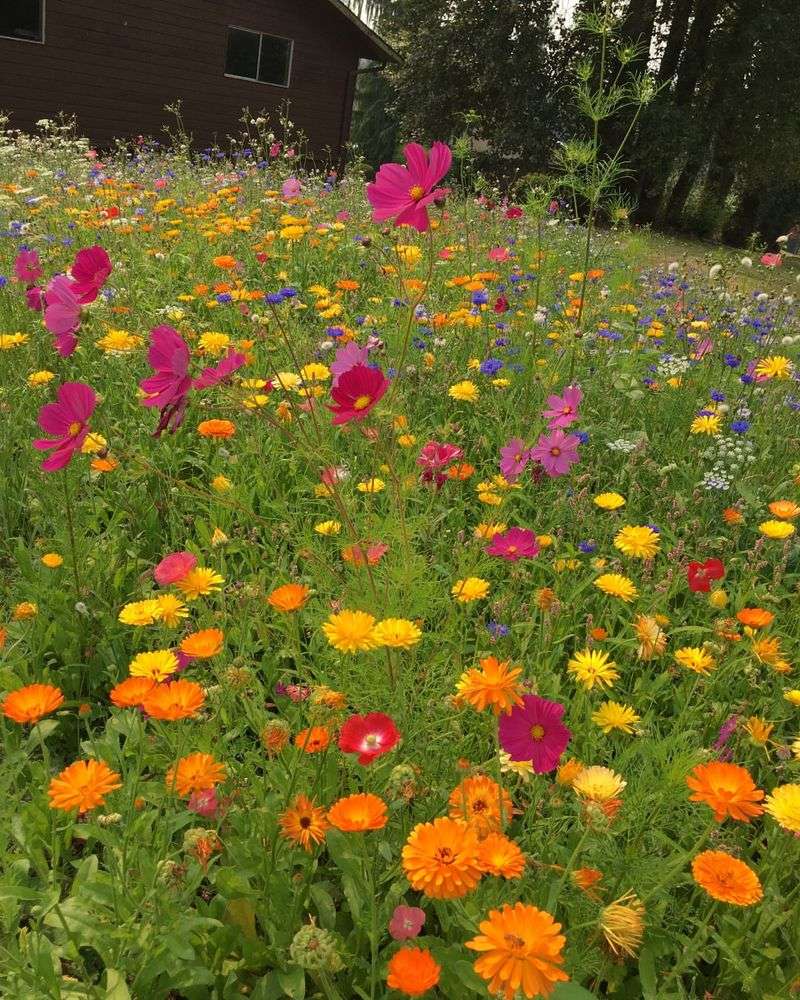Tennessee yards have so much hidden potential, even in the smallest corners. I’ve transformed a neglected patch into a tiny meadow buzzing with bees, butterflies, and wildflowers.
With just a few plant choices and a little patience, that corner comes alive in ways you wouldn’t expect. Watching it grow has been one of the most rewarding parts of my garden.
Every season brings new colors and surprises, turning a simple space into a lively little haven.
1. Select Your Spot
Look for a sunny location that gets at least 6 hours of direct sunlight daily. Tennessee’s warm climate means most native meadow plants thrive with plenty of sunshine.
Choose an area away from large trees whose roots might compete for resources. Ideally, pick a spot visible from your home so you can enjoy watching butterflies and birds visit.
2. Measure and Mark
Grab a measuring tape and some stakes to outline your mini meadow. For beginners in the Volunteer State, starting with 100-200 square feet is manageable while still making an impact.
Use garden hoses or rope to create the shape you want – curves look more natural than straight lines. Take photos from different angles to help visualize the finished space.
3. Remove Existing Vegetation
Clear away grass and weeds from your marked area. In Tennessee’s clay-heavy soils, you might need a sod cutter for established lawns or several rounds of newspaper/cardboard smothering.
Work on a dry day when soil isn’t soggy. Save some of the topsoil if it’s healthy – you’ll mix it back in later. Tennessee gardeners often find this step easiest in early spring.
4. Test Your Soil
Contact your local Tennessee Extension office for an affordable soil test kit. This reveals your soil’s pH and nutrient levels, helping you choose plants that will thrive in your specific conditions.
Tennessee soils vary widely from the limestone-rich middle region to the more acidic eastern mountains. Native meadow plants often prefer less-rich soil, so you might be surprised by what works best!
5. Prepare The Ground
Break up the soil to about 6 inches deep using a garden fork or tiller. Tennessee’s clay soils benefit from adding compost to improve drainage, but don’t make it too rich – meadow plants prefer lean soil.
Remove rocks larger than your fist and rake the area smooth. Consider adding sand if your Tennessee soil is particularly heavy with clay to help with drainage.
6. Select Native Plants
Choose Tennessee native wildflowers like black-eyed Susans, purple coneflower, and butterfly milkweed. These plants evolved in our Tennessee climate and support local wildlife better than exotic species.
Mix in native grasses such as little bluestem or switchgrass to provide structure. The Tennessee Native Plant Society offers great resources for finding species that match your specific region within the state.
7. Create A Planting Plan
Sketch your meadow on paper, placing taller plants toward the back or center. Tennessee’s long growing season means considering bloom times to ensure year-round interest and food for pollinators.
Group plants in odd-numbered clusters rather than rows for a natural look. Many Tennessee gardeners find success by mimicking nearby natural meadow areas they’ve observed while hiking around the state.
8. Sow Seeds Or Plant Seedlings
Fall is actually ideal for planting in Tennessee, giving seeds the winter stratification they need. Mix small seeds with sand to help distribute them evenly, then lightly rake them into the soil.
For quicker results, use some seedlings alongside seeds. In Tennessee’s sometimes unpredictable weather, having established plants helps ensure success while waiting for seeds to mature over the coming seasons.
9. Add Mulch Layer
Spread a thin layer of straw or fine mulch over seeded areas to prevent erosion. Tennessee’s occasional heavy rains can wash away seeds, so this protective layer is crucial.
Use about ¼ inch of material – enough to protect but not smother the seeds. Many Tennessee gardeners use pine straw, which is readily available and breaks down nicely without introducing weed seeds.
10. Water Consistently
Keep the soil consistently moist (not soggy) until seedlings establish. Tennessee’s rainfall patterns can be unpredictable, so be prepared to supplement with gentle watering during dry spells.
Use a sprinkler with a gentle spray or mist setting to avoid displacing seeds. Once established, your Tennessee native meadow will be drought-tolerant, but those first few weeks are critical for success.
11. Maintain Patiently
Be ready to weed regularly during the first year. Tennessee’s climate encourages fast weed growth, and you’ll need to remove competitors while your meadow plants establish themselves.
Don’t be discouraged if your meadow looks sparse initially – many Tennessee native perennials focus on root growth their first year. By year two, you’ll see dramatic improvement as plants fill in and bloom abundantly.
12. Create Simple Paths
Add a narrow mowed path or stepping stones through your meadow. Tennessee’s humid summers make walking through tall vegetation uncomfortable, but paths allow you to enjoy the meadow up close.
Curves look more natural than straight lines in a meadow setting. Many Tennessee gardeners use local flagstone or mulch to create paths that blend with the natural aesthetic while providing practical access.
13. Annual Maintenance
Cut your meadow back once yearly in late winter. Tennessee’s growing season typically allows for a February or early March cutting, before spring growth begins but after wildlife has used seed heads for winter food.
Leave the cuttings in place for a week so seeds can drop, then remove them. Many Tennessee gardeners find that controlled burns (where legal) can rejuvenate native meadows, mimicking natural processes.

